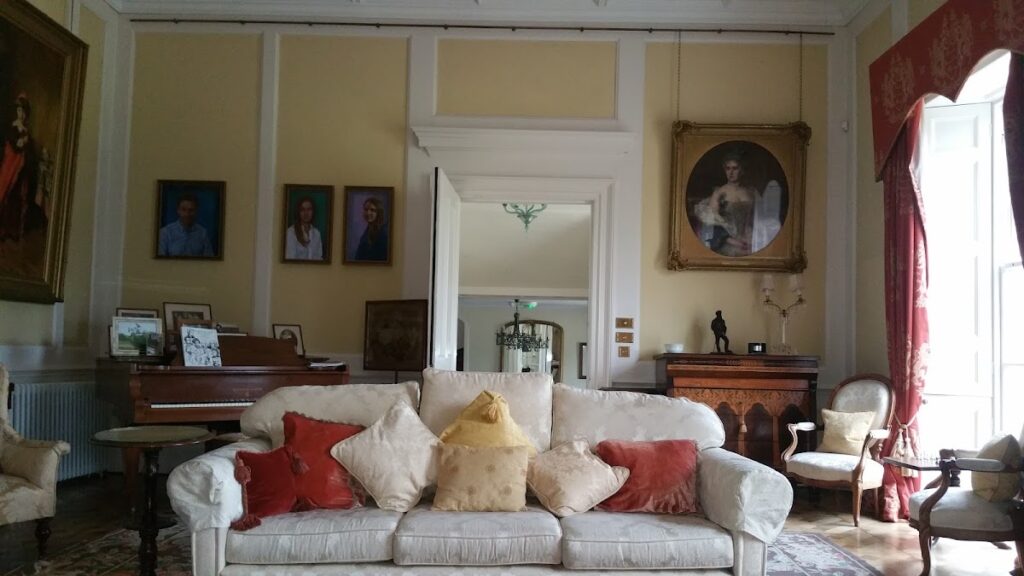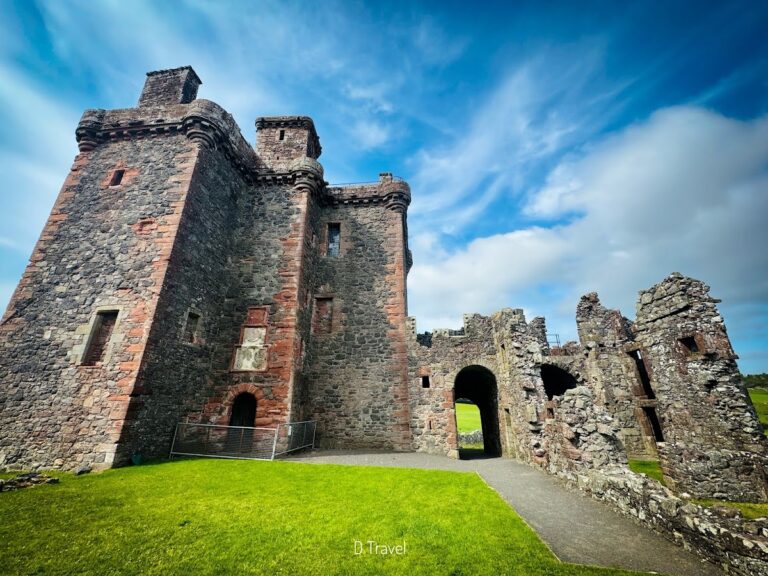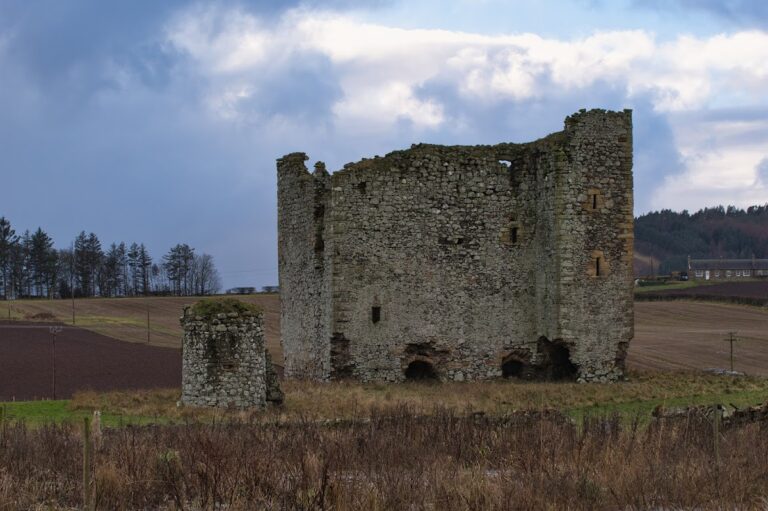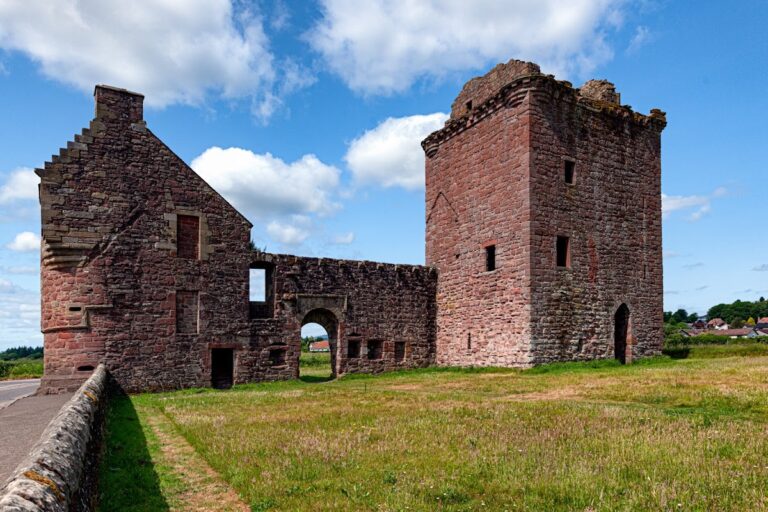Myres Castle: A Historic Scottish Estate in Fife
Visitor Information
Google Rating: 4.7
Popularity: Very Low
Google Maps: View on Google Maps
Official Website: www.myrescastle.co.uk
Country: United Kingdom
Civilization: Unclassified
Remains: Military
History
Myres Castle is situated near Auchtermuchty in Fife, Scotland. The existing structure was built during the early 16th century by the Scottish people and stands on land with a history reflecting noble ownership and royal connections.
Originally, the estate belonged to the Earl of Fife and later passed through marriage to Robert Stewart, Duke of Albany, a powerful Scottish noble. However, in 1425, Murdoch Stewart, son of Robert Stewart, forfeited the property, which then reverted to the Crown. Throughout the 16th century, the estate remained in royal hands, with tenant records found in the Royal Exchequer rolls showing ongoing administration. The first documented resident tenant holding the southern quarter of Auchtermuchty, known as “The Myres,” was Robert Coxwell, who lived at the Scottish Royal Court.
In later centuries, from at least the early 20th century until 1997, the Fairlie family was closely associated with Myres Castle. James Ogilvy Reginald Fairlie, serving as Chamberlain to His Majesty, owned the property. He died in World War I in 1915. His son, Reginald Fairlie, gained recognition as a Scottish architect. During the 1960s, David Fairlie undertook alterations to the estate. After the castle was sold in 1999, the new owner completed extensive refurbishments, including modern utilities and additional bathrooms. By 2022, the castle functioned as a private residence and a venue for various events.
Remains
Myres Castle began as a Z-plan tower house built around 1530, characterized by two to three full stories, a basement, and an attic. The design includes round stair towers positioned in the internal angles where the building’s main wings meet. The exterior is primarily covered with ochre-colored harling, a traditional Scottish roughcast finish providing weather resistance. A distinctive square tower was added in 1616, distinguished by exposed grey ashlar stonework—a finely worked stone—and ornamented with stone garlands, a carved heraldic relief bearing initials, and a parapet atop the structure.
The basement of the castle, featuring Romanesque barrel vaulting—a continuous arched ceiling typical of medieval construction—appears older than the main building, possibly dating back to the 14th century. This space also retains the layout of a medieval kitchen, indicating its long-standing practical use.
Throughout the 17th and 18th centuries, expansions included the addition of north and west wings around 1700 and again near 1822. Architect James Campbell Walker carried out repairs in 1872, introducing elements inspired by the Scottish Baronial architectural style, noted for its distinctive turrets and decorative motifs.
The estate grounds include a detached Victorian stone gatehouse designed to provide living accommodations, such as a bedroom, bathroom, kitchen, and sitting room. Nearby, a courtyard cottage offers multiple bedrooms and facilities. The property covers approximately 44 acres (17.6 to 18 hectares) comprising gardens, farmland, and managed wooded areas known as policies.
A notable feature is the walled garden enclosed by walls exceeding three meters in height, likely constructed in the 17th century. This garden contains carefully maintained topiary yews, formal flower beds, a small fish pond, and a vegetable garden. Additional elements include a greenhouse, a maze, a tennis court, and a helicopter landing pad. A pond located in front of the castle serves both decorative purposes and functions as part of the estate’s drainage system, with field drainage improvements documented as recently as the 1970s.
Myres Castle is protected as a Category B listed building by Historic Environment Scotland. The gardens, sundial, and a statue of Mercury within the grounds also hold listed status, while the gatehouse and gate piers are recognized as Category C structures. These designations reflect the site’s architectural and historic significance within Scotland’s heritage.










